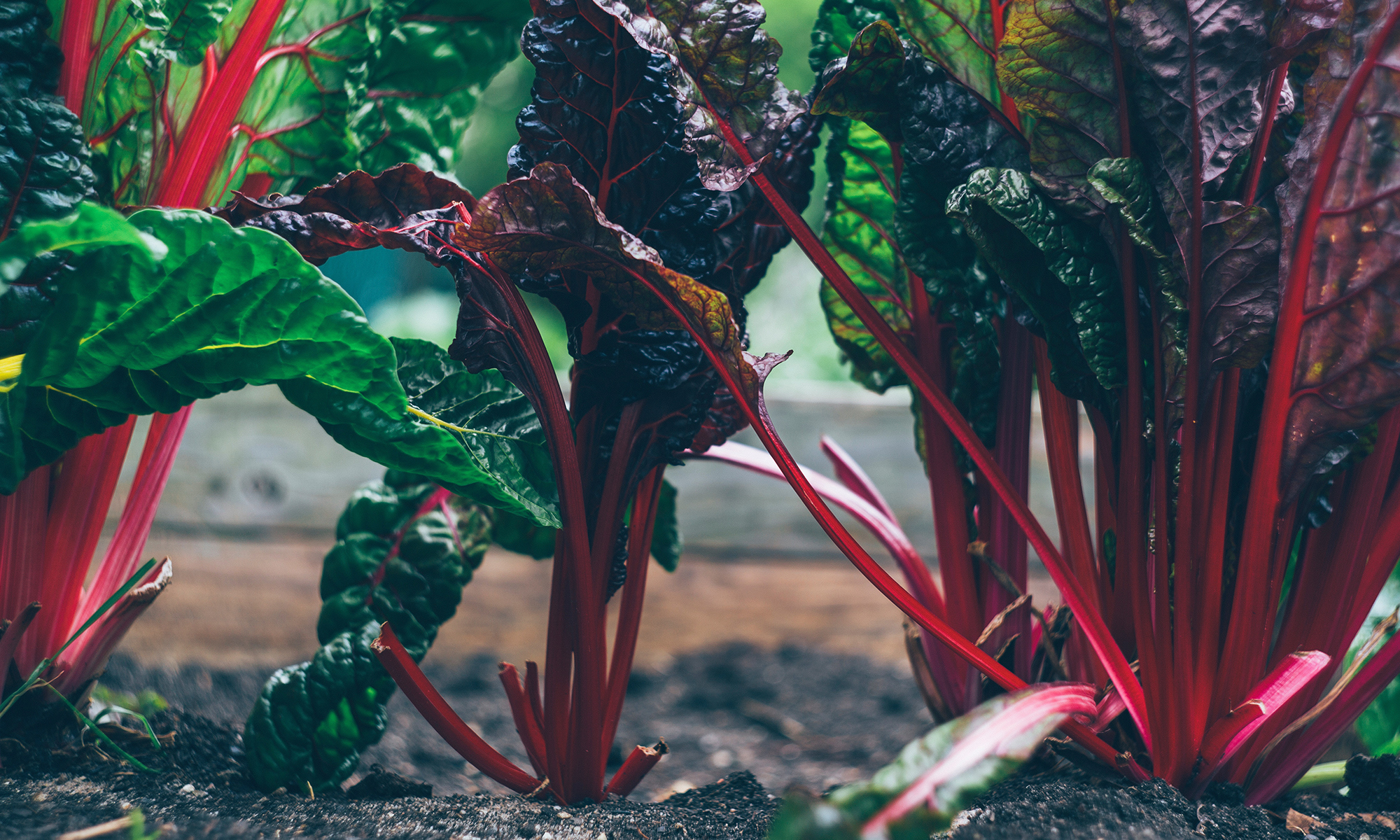Last week's New York Times featured a terrific article about Brett and his winter-hardy greens. For those of you who received seeds from me from the give-away several months back, these are them!
Thursday was the big canning day!
While Brett drove into DC to deliver the weekly CSA boxes, I got myself organized. Brett had set aside 60 pounds of tomatoes for me. Early in the week, I trimmed, cut and then smoked 30 pounds, and diced another 30 pounds. The outdoor kitchen was set up: a steam kettle to fit all 72 jars, a propane cook-top to sterilize the tomatoes and a 6 foot work table.
The steam-kettle was wood-powered. We built a fire in the furnace below, and waited patiently for the water to boil. I put all the jars in the water, and set aside the lids. The smoked tomatoes fit perfectly into the 3-gallon rondeau pot I brought down with me from Boston.
After the water boiled (with the jars) for 10 minutes, the jars were sterilized. I carefully pulled out each jar, poured out the water and laid them out on the table. One by one, I filled the jars with tomatoes, then wiped clean the rims, put a lid on and screwed the top on. Back into the water they went.
Next up, the diced tomatoes. Again, I boiled the tomatoes for 10 minutes, boiled the jars for 10 minutes, and then filled them just as I did for the smoked tomatoes.
With all the jars were filled, and back in the kettle, I covered the pot, refueled the fire, and let them pressure cook over-night. This final stage serves two purposes. First, it kills any remaining bacteria or live spores remaining inside the jars. Second, it creates a vacuum seal which prevents any future aerobic bacteria from developing.
For more details about canning you can read about last year's canning.
When Brett returned from his delivery, we were both exhausted. He from waking at 2 am to load the truck with the 300 boxes (each weighing about 15 – 20 pounds), driving to DC to deliver (and unload) to 7 different sites and then returning back to the farm. It feels lame to put my exhaustion in the same category as Brett, but I was tired from working in the hot, 90+ degree sun over an open fire stove.
Needless to say, we both needed a restorative. With cocktails in hand, we headed back to the Chesapeake Bay to check on the crab pots and take a swim. We had 6 keepers.
For the past several evenings, we had enjoyed the crabs as a little snacking, picking the meat from the shell. On this night, I shelled all the meat and made Korean style scallion pancakes with Crab and a Soy Dipping Sauce (Pa Jon or Pa Jeon). I generated about 2 cups of meat
PaJeon with Crab
These pancakes are thicker and doughier than the Chinese counterpart
1 cups rice flour
2 cup A/P flour
2 cups water
2 eggs
1 bunch scallions, cut into 1 inch pieces
1 tsp. salt
1 pound crab meat
1 tbs. cooking oil (canola or peanut)
Dipping Sauce
½ cup soy sauce
2 – 4 tbs. rice vinegar (depending on taste)
1 tbs. sesame oil
1 tsp. fresh sesame seeds
2 tbs. scallion rings
1 tsp. chili paste (more or less to taste)
1. In a bowl, whisk together the rice and A/P flour. Stir in the water and eggs to combine. Finally, gently mix in the salt, crab and scallions. Let rest.
2. In a separate (serving) bowl, combine the sauce ingredients. Adjust to your taste with vinegar, sugar and chili paste.
3. Heat a large, cast iron skillet over medium high heat. Add enough oil to coat the bottom of the pan. Pour in a scant cup of batter and smooth out to 6 inches around. Cook until the edges crsip up. Flip over, and cook for 2 minutes more. Drain on a paper towel. Repeat this process, replenishing the oil in the pan as necessary, until all the batter is used.
4. Just before serving, you can spread out the pancakes into a single layer cookie sheet and reheat in a 450 oven for 10 minutes.
5. Cut into pie wedges and serve with dipping sauce.
